Naturhistorisk Museum Aarhus Ice Age Deck
2018 – (See Cards | Host Info | Download Danish cards/rules | Download English cards/rules)…
This deck is based on the exhibition “Back to the Ice Age” at the Natural History Museum in Aarhus, Denmark. During the Ice Age, Denmark was partially covered by glaciers and this deck represents a wide variety of the biodiversity that would have been found there.

Meltwater
Event Card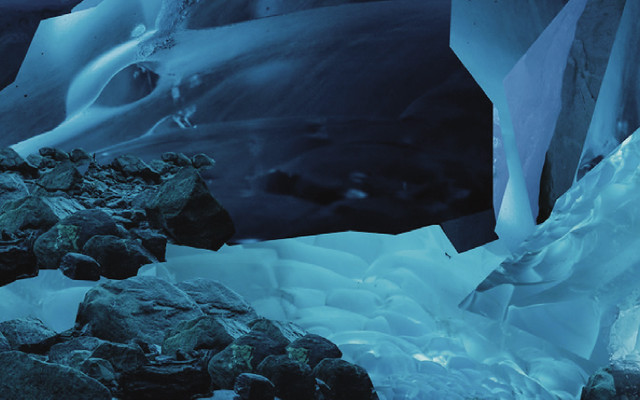
EFFECT: The card can be played in an open space.
No actions are counted, but any adjacent omnivore/ herbivore cards must be moved immediately. Any cards which cannot be moved due to lack of open spaces must be discarded.
FACT: During the warmer periods of the Ice Age, the ice melted and flooded vast areas.

Blizzard
Event Card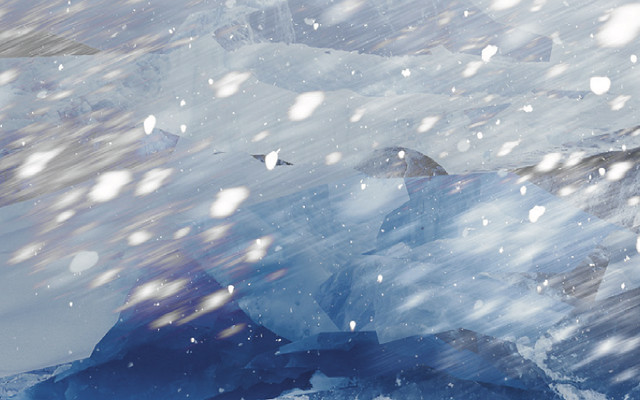
EFFECT: May be placed on top of all animal cards not living in arctic (or “cold”) climate. Remove both cards from the table. The animal card returns to its player’s hand and the event card is discarded.
FACT: Not all animals of the Ice Age could endure very low temperatures.

Give Birth To Many Cubs
Event Card
EFFECT: This card allows the player (who has it) to play any of their cards upside down as a reindeer.
FACT: The cold climate of the Ice Age was tough on all species. But the reindeers did well, as they produced large amounts of offspring.

Neanderthals
Event Card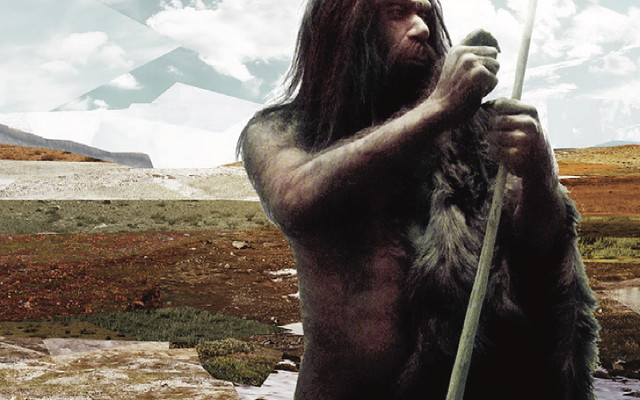
EFFECT: May be placed on top of an animal card. Rem- ove both cards from the table. The animal card returns to its player’s hand and the event card is discarded.
FACT: During the last interglacial, about 100,000 years ago, Denmark was inhabited by Neanderthals. They were dependent on the Ice Age animals for prey.

American Mastidon
Mammut americanum

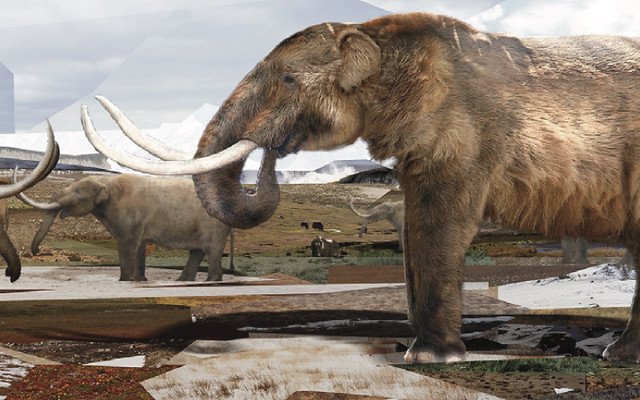
EXTINCT | 5 POINTS
PLAY: Move of 1
FACT: Despite that mastodons and mammoths look somewhat alike, they are not closely related. The mastodon lived in spruce woodlands, valleys and swamps, where it ate leaves from shrubs and trees, and conifer twigs.

Purple Saxifrage
Saxifraga oppositifolia

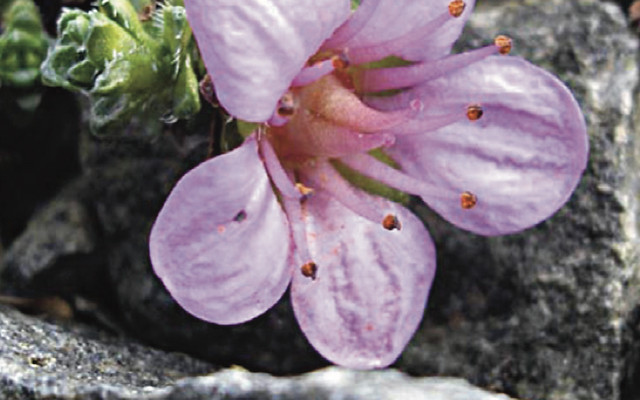
2 POINTS
FACT: It is a low-growing and mat-forming perennial plant. The flowers have a purple colour and are edible.